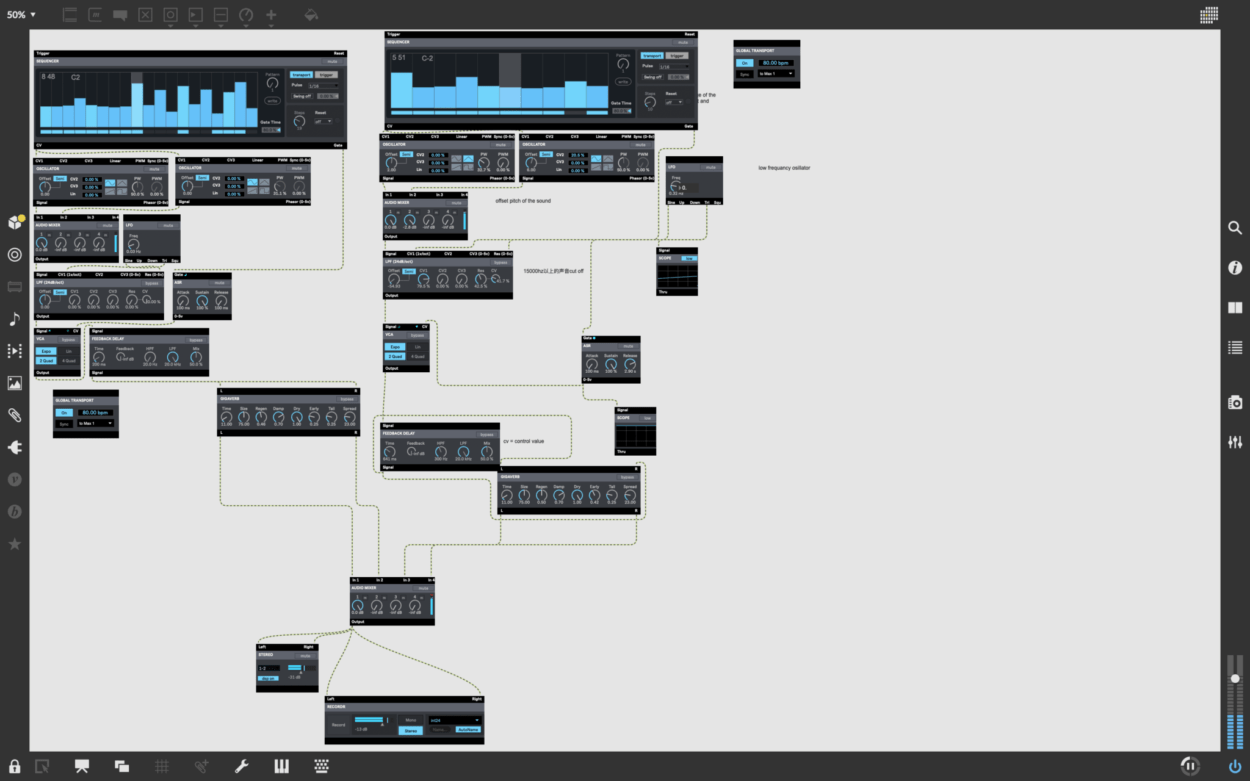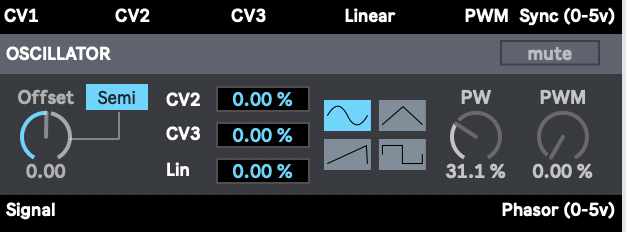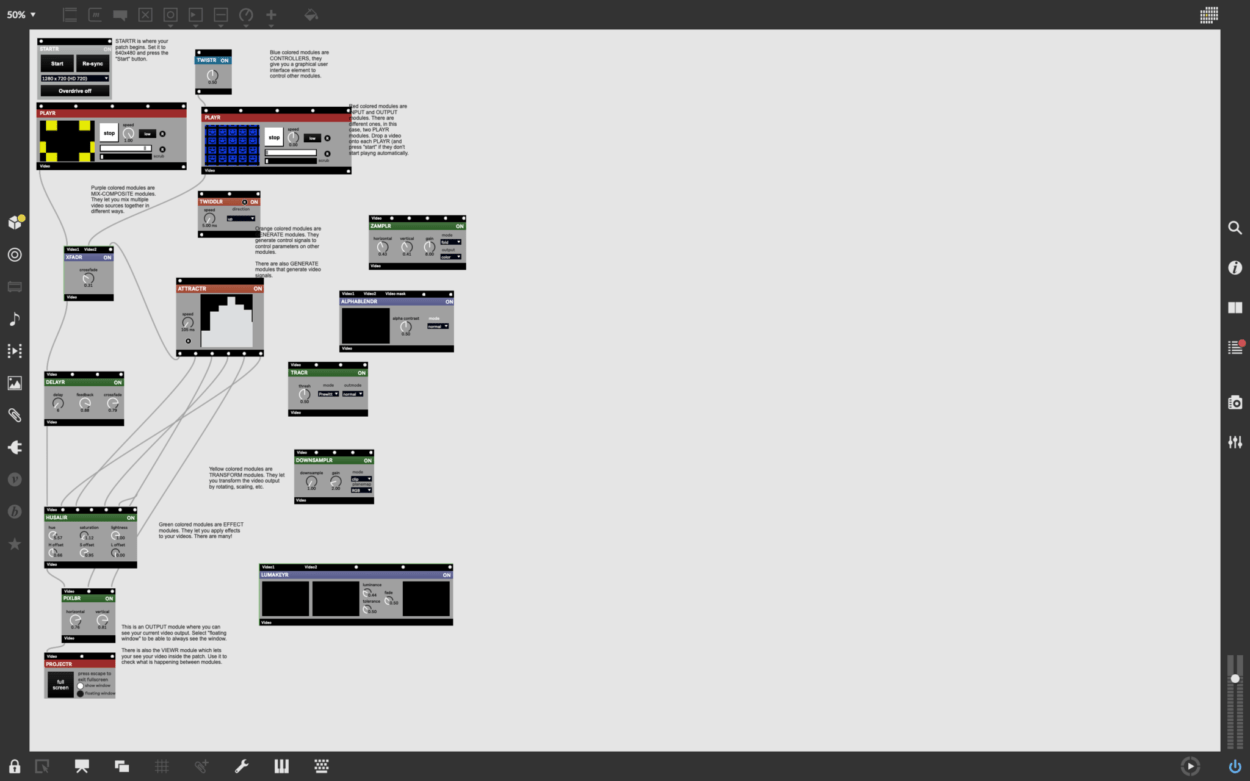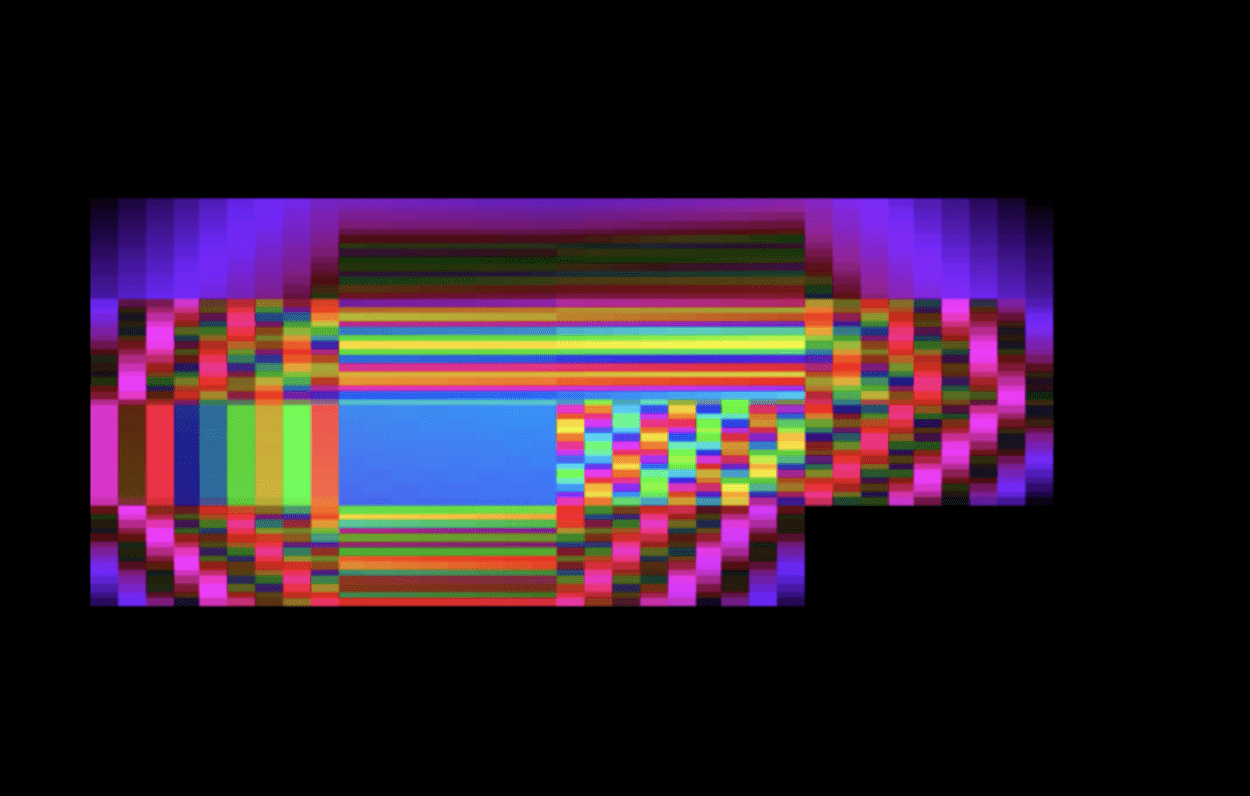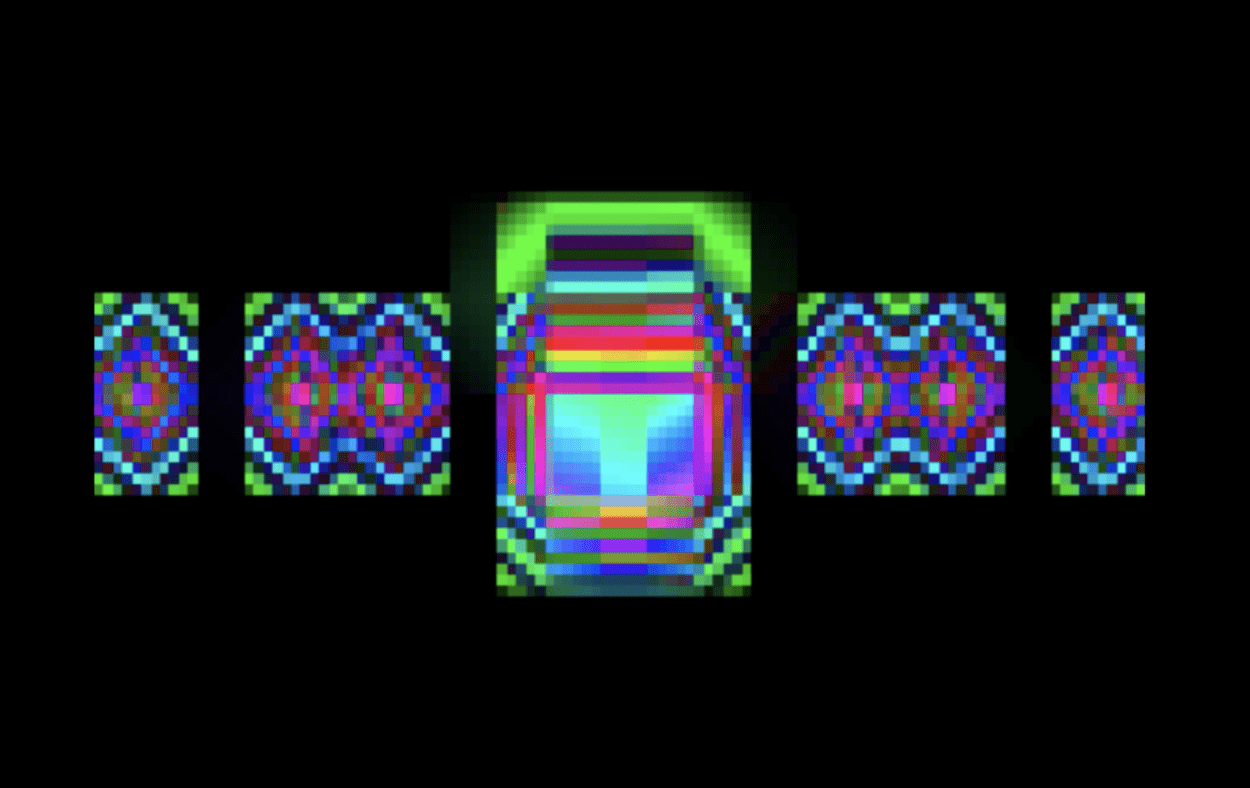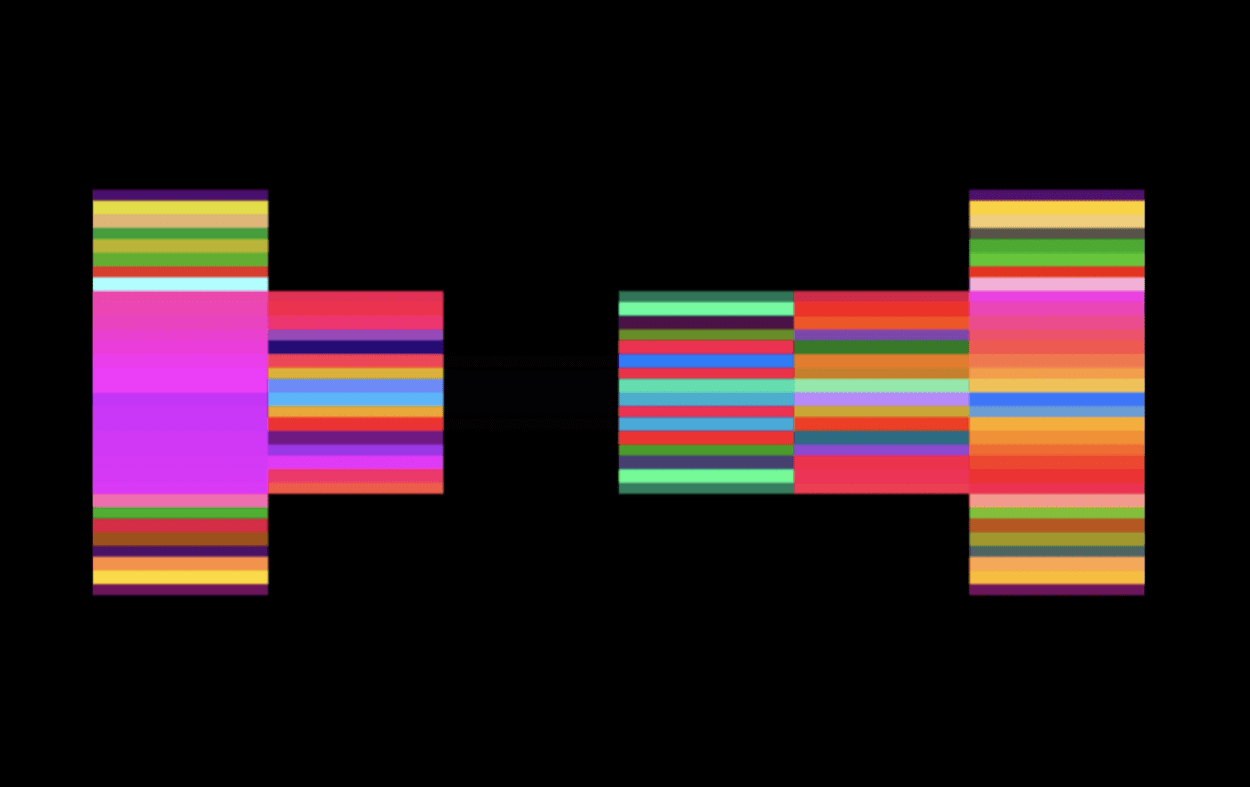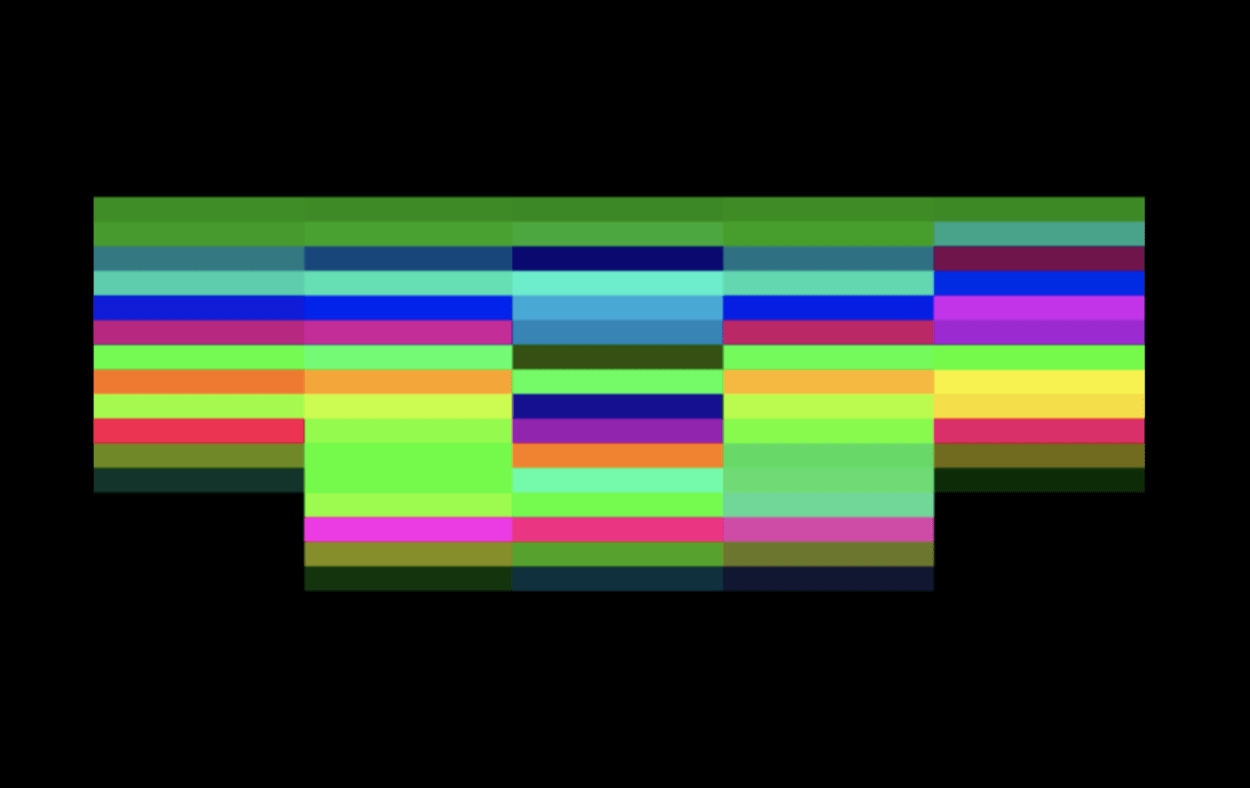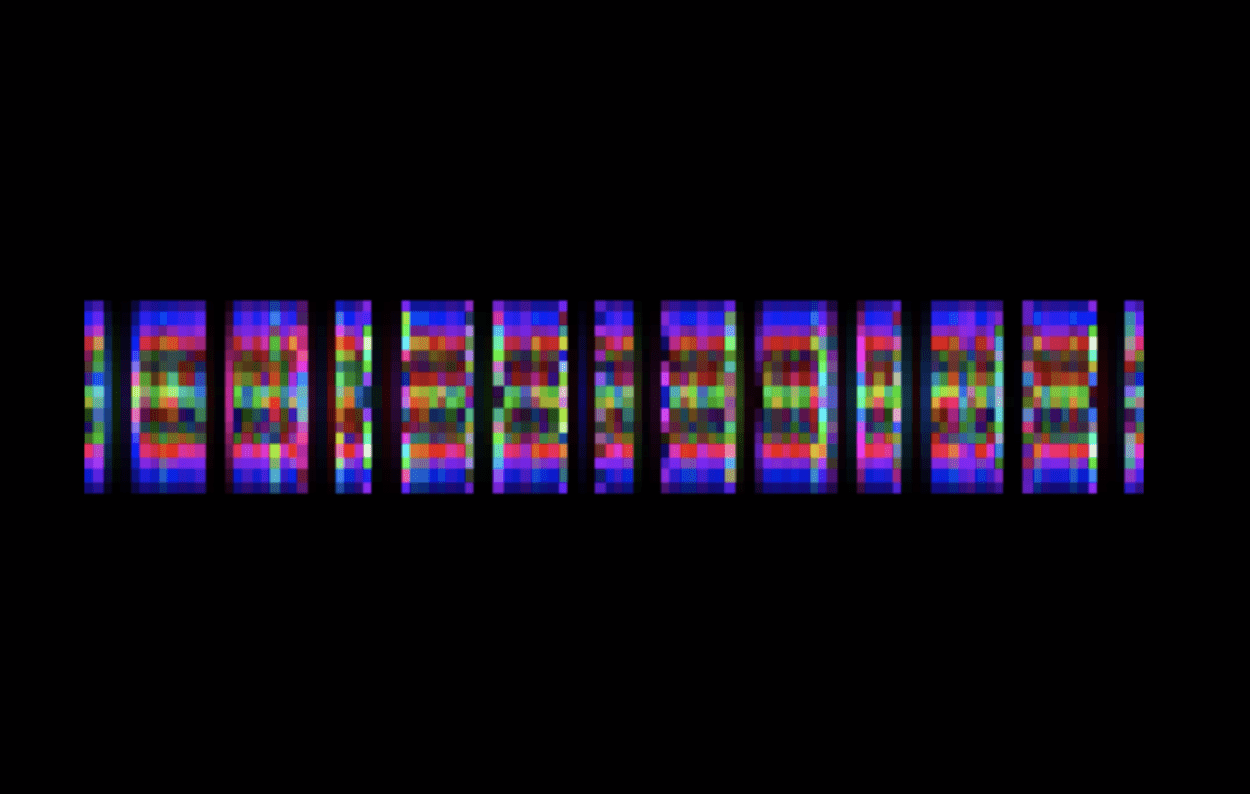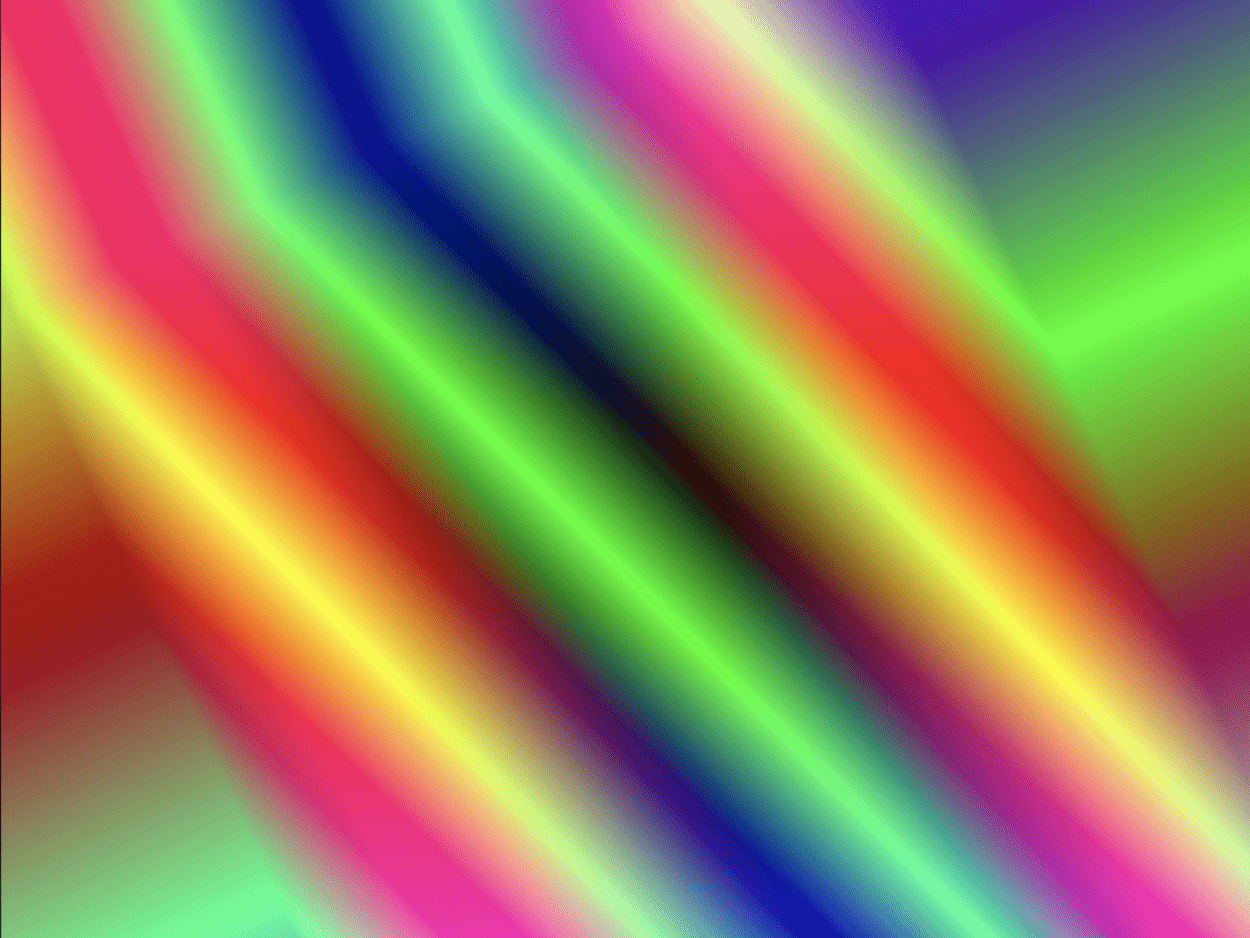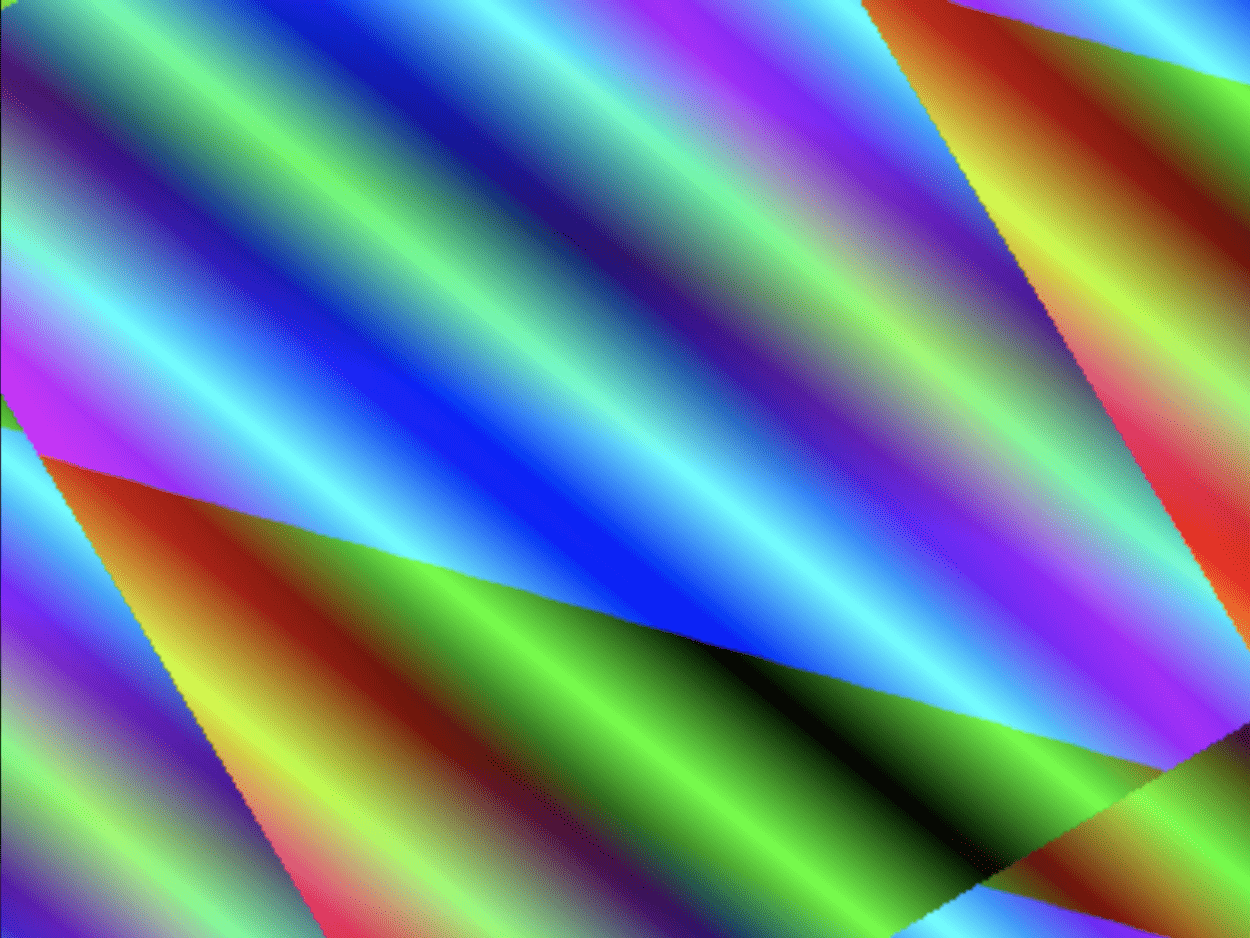Free Radicals (1958) is a film by Len Lye. Len Lye is an influential New Zealand artist by his pioneer works in film and kinetic sculpture. Free Radicals is one of his arguably most representative work.
Lye worked directly on the celluloid film, creating a personal response to the indigenous music – The Bagirmi Tribe of Africa by the form of audio-visual interactivity. According to Sophie Pinchetti in Free Radicals by Len Lye – Life on the Tribe Pulse: Len Lye’s art of Motion “Attacking and scratching the celluloid with scribers such as needles, dental tools and a Native American arrowhead, Lye described his anarchic mark-making on celluloid as ‘white ziggle-zag-splutter scratches in quite doodling fashion.” The “brushes” he uses, which are “needles, dental tools and a Native American arrowhead,” to create his visuals are quite simple, yet symbolic, open for interpretation. One can argue they represent the mythical and ritualistic nature in music and visualized in resemblance to ancient rock arts. One can also argue the dynamism among the interactions of the different instruments speaks about the fear of the unknown. Just to demonstrate my conceptualizations of the project, there is, of course, plenty of room for other interpretations.
On the other hand, I think the visual aesthetic that is unique to Len Lye is quite powerful as well. Before the age of mass reproduction of art became really easy and accessible, each scratch and mark he made onto the films are permanent and personal. However, it may somehow limit him as well. Therefore, given the conditions of the ubiquity of digital tools in the production of the film, performance design, VJ and more, today, as artists and critical thinkers, we should really reflect upon the legacy of the previous avant-garde artists, but conditioned ourselves to today’s age and think about more possibilities of audio-visual interactions.
